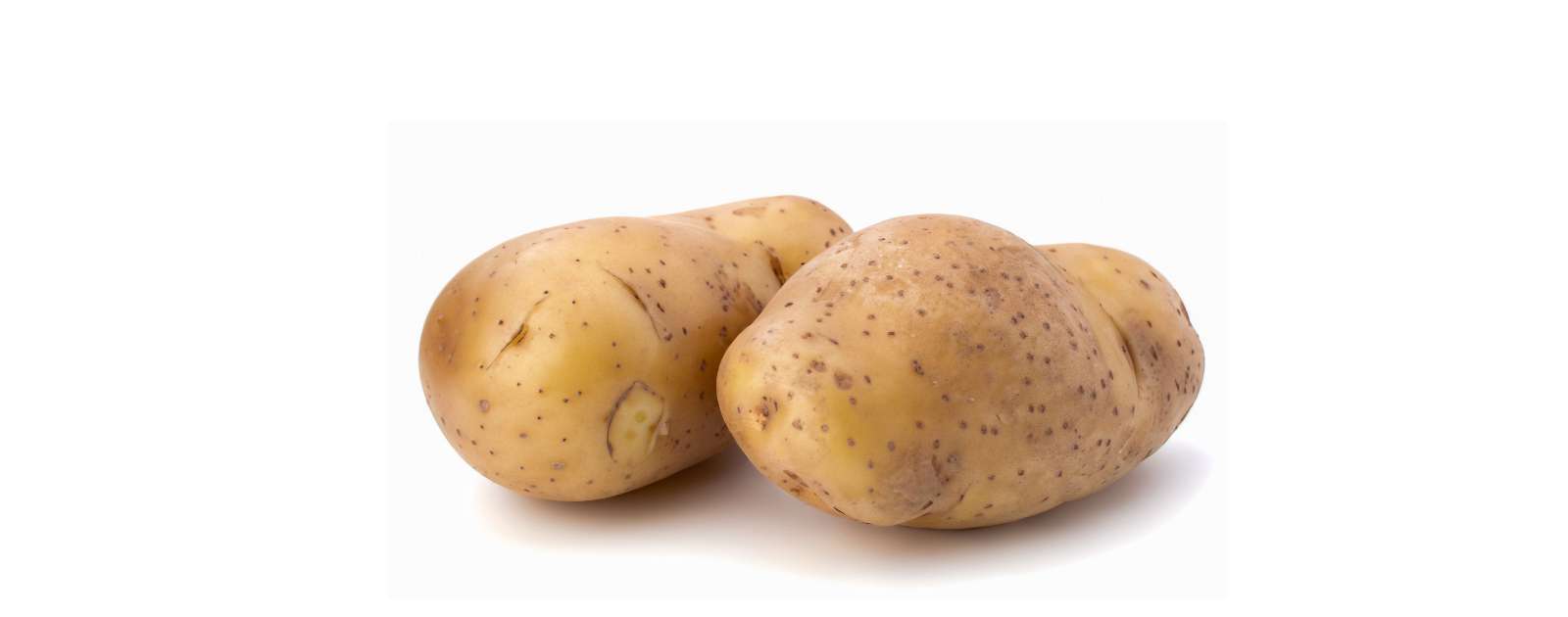Potatoes have been a fundamental part of our diets for centuries. Whether it’s mashed, boiled, fried, or baked, they offer versatility like no other vegetable. But, have you ever sliced open a potato to discover unexpected colors or spots? What’s going on here? Before we jump to conclusions and throw them away, let’s understand what causes these discolorations and whether they’re a cause for concern.
When you’re preparing a hearty dish and notice these odd colors, it’s only natural to ponder if the spuds are safe to eat. Most times, these variations are harmless, but sometimes they can indicate a deeper issue. So, before we get spooked by these colorful surprises, let’s delve into the world of potato discolorations and what they really mean.
Before Starting, here’s a quick summary of the article:
Potatoes can exhibit internal discolorations due to diseases, growth anomalies, or rust spots. While many are harmless, it’s crucial to discern which ones affect edibility. Proper storage and community discussions can aid in understanding these common kitchen problems.
Now, Let’s dive into Potato Discolorations and Their Safety Implications
Main Causes of Brown Spots Inside Potatoes
Ah, the mysterious brown spot. It has likely made many potato lovers pause in their culinary tracks. Is it just a harmless blemish or something more concerning? Let’s peel back the layers (pun intended) to get to the root of the issue.
1. Potato Diseases and Their Manifestations
Like all plants, potatoes are susceptible to various diseases. Some of these, such as the potato tuber disease, specifically target the tuber, leading to internal brown spots. These manifestations are the plant’s response to pathogens or pests. It’s fascinating how something as simple as a potato can have such complex internal dynamics, isn’t it? But not all brown spots are disease-related. Some are just natural occurrences in the potato’s growth process.
2. Potato Internal Rust Spot
Internal Rust Spot sounds ominous, doesn’t it? This condition is caused by a variety of factors, including temperature fluctuations during the potato’s growth. Interestingly, the type of potato can play a role. While russets might be more prone in some conditions, red potatoes have their own susceptibilities. Yet, it’s essential to remember that these rust spots are typically harmless and don’t significantly impact the overall taste or quality.
3. Natural Potato Growth Anomalies
Potatoes are quirky! Sometimes, they develop conditions like hollow heart due to rapid growth. This can result in cavities inside the potato surrounded by darkened lines or spots. While they might look a bit unsettling, these anomalies are purely cosmetic and don’t indicate that the potato has gone bad. It’s nature’s way of showing us that even in the vegetable world, perfection is rare!
Safety and Edibility Concerns with Spotted Potatoes
Now, let’s address the big question: To eat or not to eat?
1. Can You Eat Potatoes with Brown Spots Inside?
Short answer? Yes! Most brown spots are harmless. They might be a tad bitter, but they’re generally safe to consume. Of course, it’s always wise to trust your judgment. If the potato smells off or the texture seems strange, it might be best to skip that spud.
2. Internal Rust Spot vs. Other Brown Markings
Differentiating between the types of brown spots can be a culinary adventure. While Internal Rust Spot is more about environmental factors, other markings might be due to diseases or growth spurts. But the key takeaway? Neither inherently means the potato is unfit for consumption.
3. Special Considerations for Sweet Potatoes
Sweet potatoes, with their vibrant color, can sometimes show dark spots or lines. Often, these are just sugar concentrations, making them even sweeter! However, just like their regular counterparts, always inspect them for any off smells or textures before cooking.
Treatment and Prevention of Internal Potato Discolorations
No one likes surprises, especially in their food. Let’s talk about prevention and treatment.
1. Addressing Brown Spots After Peeling
If you’ve already peeled your potato and are greeted with unexpected spots, don’t panic! Simply cut around the discoloration if it bothers you. If the rest of the potato seems fine, you’re good to go!
2. Proper Storage and Selection Techniques
Want to avoid those brown spots? Start by selecting firm potatoes with smooth skin. At home, store them in a cool, dark place. Avoid plastic bags, as they can trap moisture and encourage spoilage.
Community Discussions on Potato Discolorations
You’re not alone in your potato predicament. Online communities are rife with potato enthusiasts sharing their experiences.
1. Reddit Threads and the Great Potato Debate
Reddit, the forum for all things under the sun, has had many a debate on potato discolorations. From sharing pictures to seeking advice, the potato love is real and palpable. Many find solace in shared experiences and cooking tips.
2. Expert Insights on Potato Care
Gardening forums often feature experts who provide insights into the best practices for growing and storing potatoes. Their advice ranges from using specific fertilizers to optimizing storage conditions for a longer shelf life.
3. Personal Experiences and Heartwarming Potato Tales
The internet is filled with personal anecdotes. From the joy of harvesting the first home-grown potato to the dismay of finding spots, the shared stories form a tapestry of human-potato relationships.
Conclusion: Navigating the World of Potato Discolorations
In the grand scheme of things, a few brown spots on a potato shouldn’t steal our joy. By understanding their origins and implications, we can make informed choices, ensuring that our dishes remain delicious and safe.
Whether you’re a potato enthusiast or just someone trying to make dinner, remember: Perfect or spotted, every potato has a story to tell. And most of those stories end deliciously!

